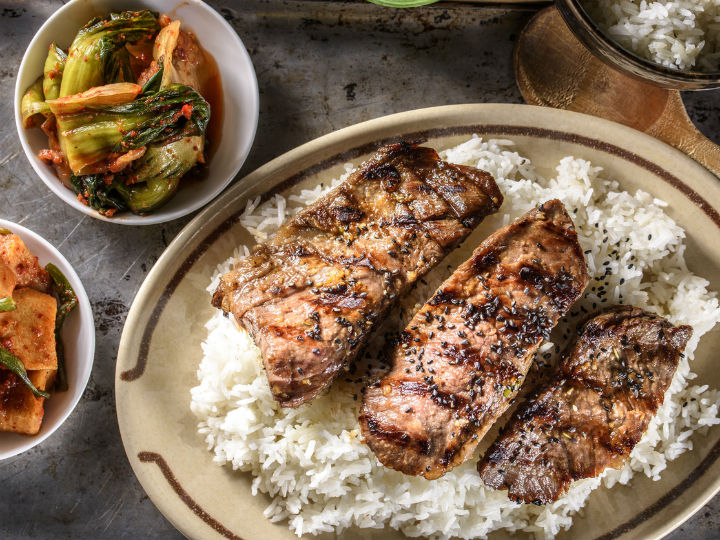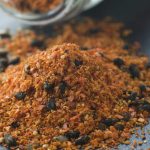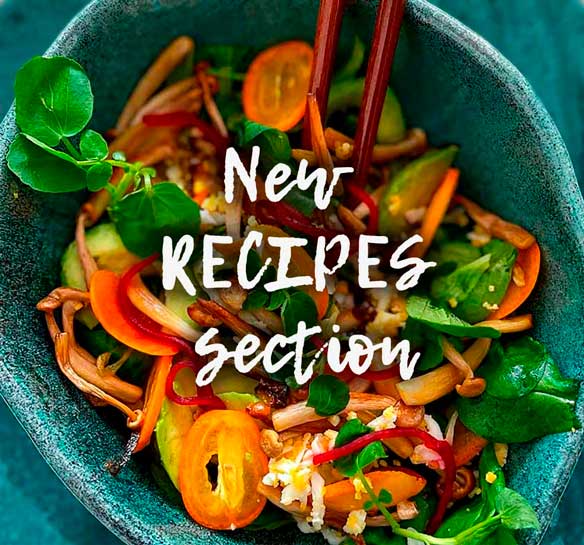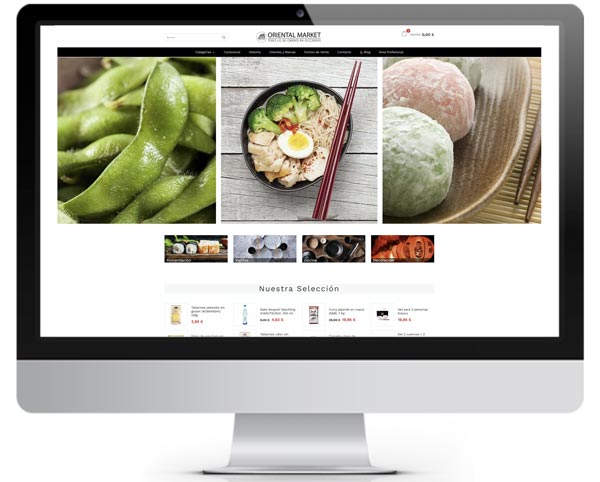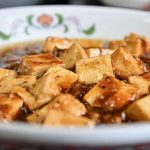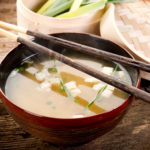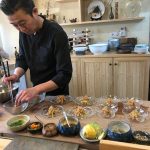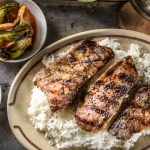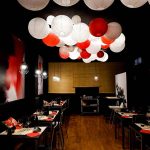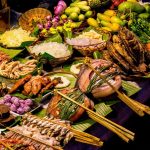Kimchi is nowadays an exotic recipe, food or condiment that is fashionable in many recipes but has a long tradition. In Korea it is eaten like bread in Spain or rice in Japan; it is eaten all the time, every day. A curiosity is that when Koreans pose for a photo they say “kimchiiiiiiii” instead of “pa-ta-ta”.
What is Kimchi?
Kimchi is a very typical Korean dish. It is a fermented food that is always present on the Korean table, a food with a salty and spicy taste. It is known as the fermentation of Chinese cabbage with other vegetables and many other ingredients.
Origin and history
Kimchi is of Korean origin, it was created mainly for survival reasons. Why? We will tell you more about it below…
The technique used to make Kimchi is fermentation. Korea had extreme weather conditions (the main reason was the low temperatures) and that prevented the preservation of the harvested vegetables during the whole winter; this is how this preservation system was created. The fermented vegetables were stored in huge jars. Nowadays, Koreans have special refrigerators at home to store kimchi because the smell of fermentation is strong and they do not usually mix kimchi with other foods.
However, kimchi is very famous, and is not only known for its interesting history and origin, but also for its properties. We will tell you more about it below.
Buy online
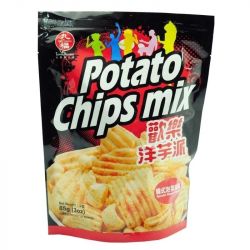
Chips de patata sabor kimchi (NICE CHOICE) 85g
3,36 €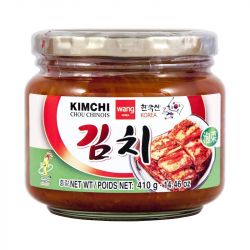
Kimchi coreano (WANG) 410g
9,35 €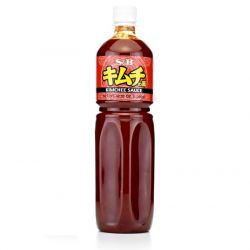
Salsa Kimchi (S&B). 1,2 lit.
19,45 €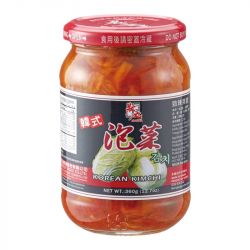
Kimchi coreano (MASTER) 360g
7,38 €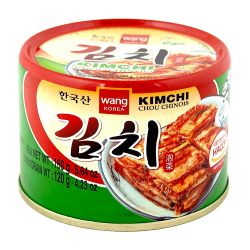
Kimchi coreano (WANG) 160g
2,72 €
Recipes with kimchi
Spicy Korean Ramen
Kimchi Fried Rice
Properties
The most traditional version is made with a base of dehydrated Chinese cabbage with salt and other crudités, seasoned with garlic, ginger, fish sauce and a generous amount of Korean chilli flakes.
Kimchi is said to be very healthy, why?
For starters, it contains a variety of vitamins and nutritional properties, but there is also a bacterium found in kimchi: Lactobacillus kimchi. It is this bacterium that once prevented the flu from affecting Koreans. Many experts have called Kimchi one of the healthiest in the world. The lactic acid bacteria also helps to neutralise infections from another bacterium that is the culprit of stomach ulcers and various types of gastritis. Also, research is underway to see if lactobacillus is linked to the prevention of diseases such as cancer.
Knowing the foods in Kimchi, it can be deduced that the taste is strong and sour. Although it is usually eaten spicy in Korea, there are milder varieties of kimchi, which are not as spicy. The most widely consumed kimchi is made from Chinese cabbage and is called Baechu Kimchi.
Finally, it is worth mentioning that Kimchi is currently a complementary food or also an “ingredient” in recipes such as “Kimchi Jjigae” (stew), “Kimchi Kuk” (soup), Kimchi Bukum Bab (fried rice), Kimchi Bikimkutsu (noodles) or Kimchi Mandu (dumplings). In our Oriental Market shop you can find this recipe as a sauce and condiment for your dishes. A jar of 410 grams ideal for your bet on Korean cuisine. Would you like to try it?



